Starvecrow
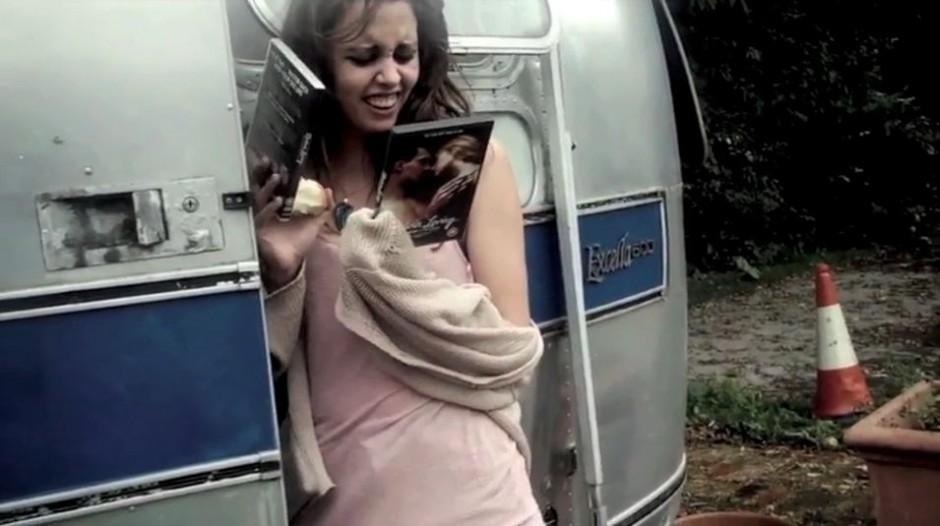
Starvecrow, an exercise in hyper-realism, reveals the homogenisation of privacy and publicity by technology and social media. It immerses the viewer, and masterfully convinces them of its reality by erasing all traces of fiction. The entire picture uses “stolen footage” (obtained by the psychopathic main character, Ben) from smartphones and handheld cameras, shot in first person, often with the actors-cum-cameramen filming themselves as well. Scenes are largely improvised and sit alongside footage of the actors’ actual lives, who all keep their real names and use no makeup, costumes or sets. Consequently, the viewer not only forgets that they are simply watching actors, but is also given the illusion of being physically present at, and even directly involved in, the events happening on screen. Furthermore, the lack of a clearly defined plot allows the interactions between the characters (firstly Ben and his girlfriend Jess, then a group of young friends) to be emphasised. Instead of the plot driving the film and providing the context for such interactions, a story gradually emerges from them: the tale of the minutiae of broken human relationships, studied in close up. What marks this movie out from the crowd, however, is the absence of a selecting principle: everything seems to be recorded, perhaps a comment on how social media is now used.
This comprehensiveness, however, is not innocent: it gradually exposes the abusive potential in close relationships between friends and family members; isolation and despair in the face of technologically afforded connectedness; and how people willingly destroy their own privacy in an attempt to feel that what they do has importance and meaning. These themes are all tied together by the underlying darkness in human beings and how a happy and wholesome public image can so often conceal depths of depravity. This is skilfully expressed through a powerful shift of focus from that “public image” – described and characterised as “sharable” footage – towards the beginning of the film, to a juxtaposition of those same shots with scenes of physical, sexual and psychological abuse. For example, a character called Butchy from the young group is alternatingly shown laughing happily in a pub with friends, and molesting a drunkenly unconscious girl at a party. And yet, because the more violent footage is not self-indulgent, and is reinforced by an excellent original soundtrack (Noel Watson), it does not undermine Starvecrow’s sense of convincing realism, and the darkness that emerges is very disturbing.
Ed Edwards
Starvecrow is released in selected cinemas on 24th November 2017.
Watch the trailer for Starvecrow here:

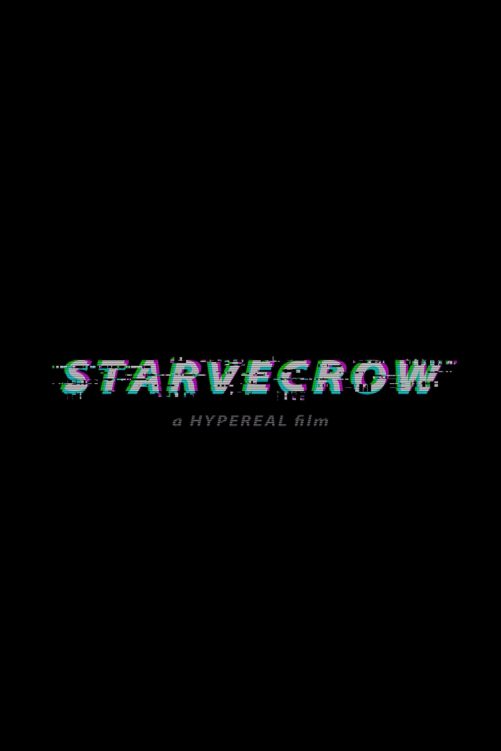


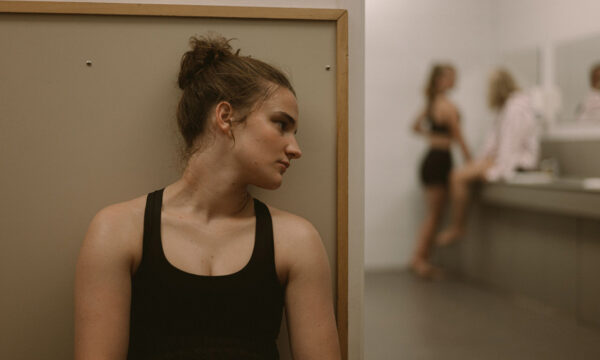

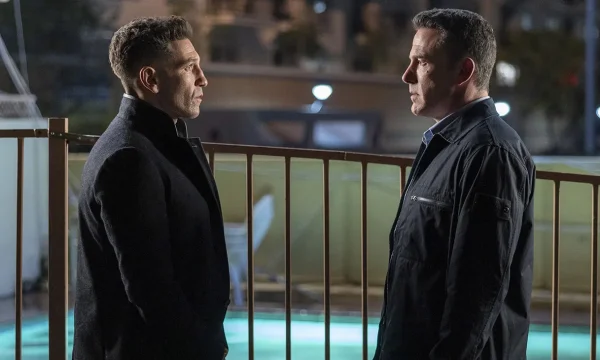
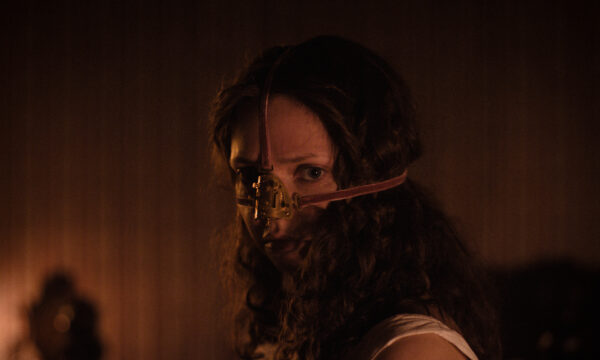
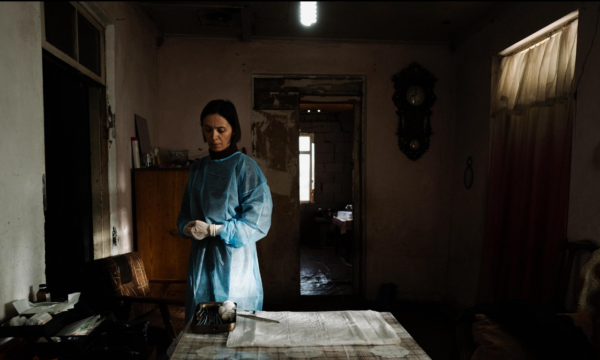

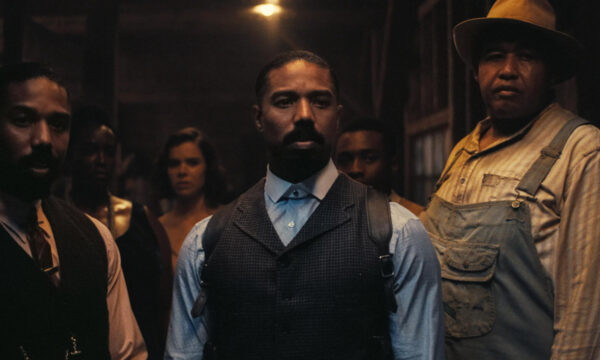








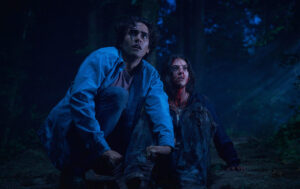



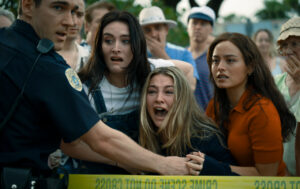
Facebook
Twitter
Instagram
YouTube
RSS